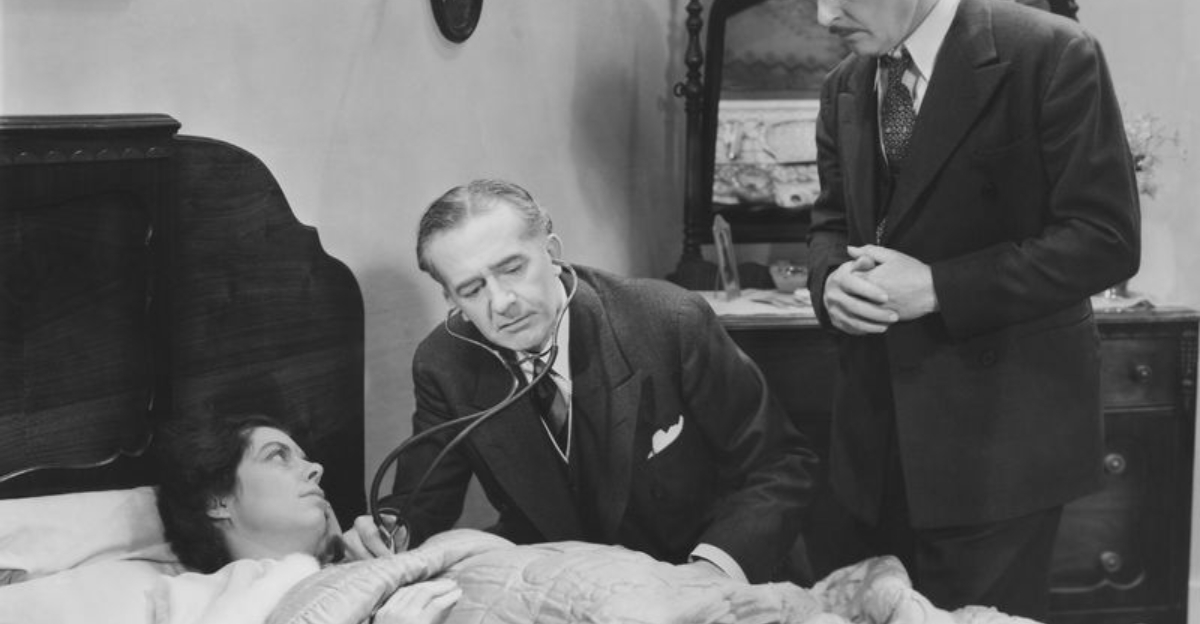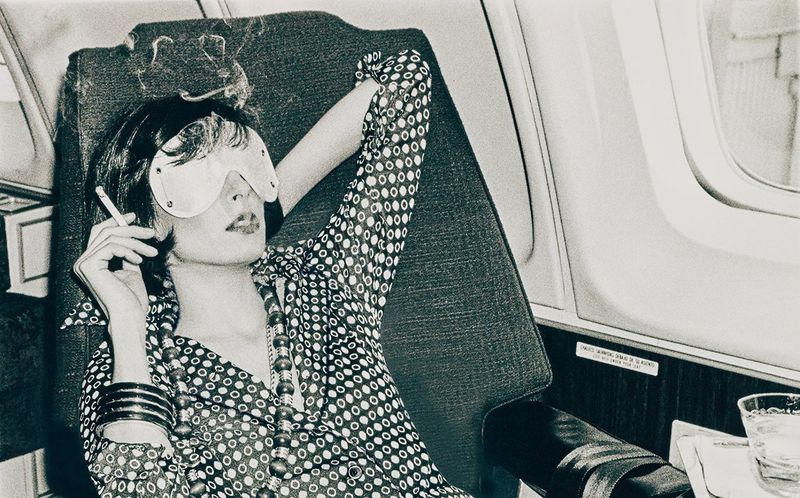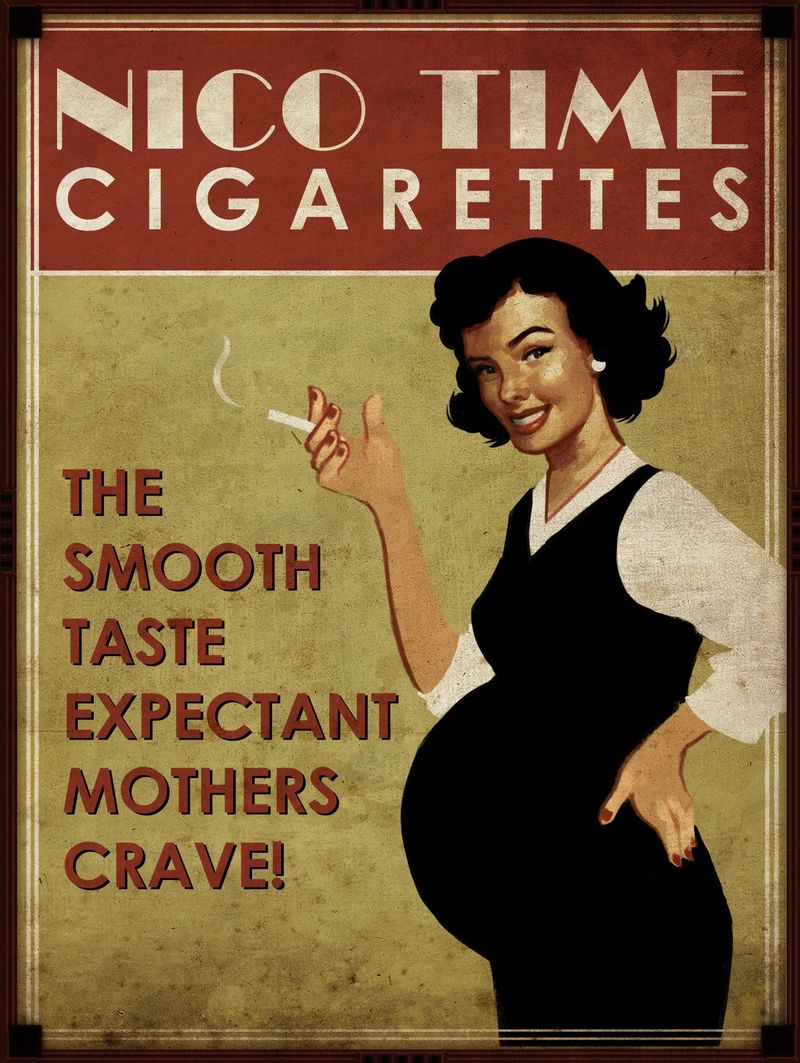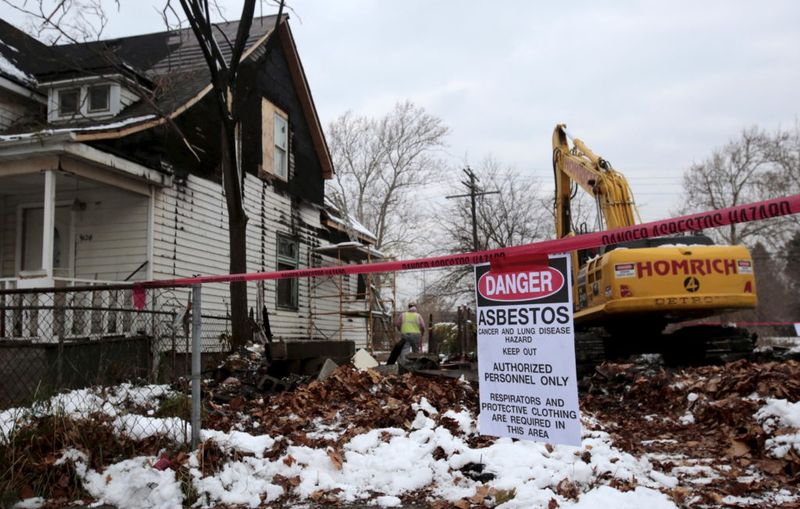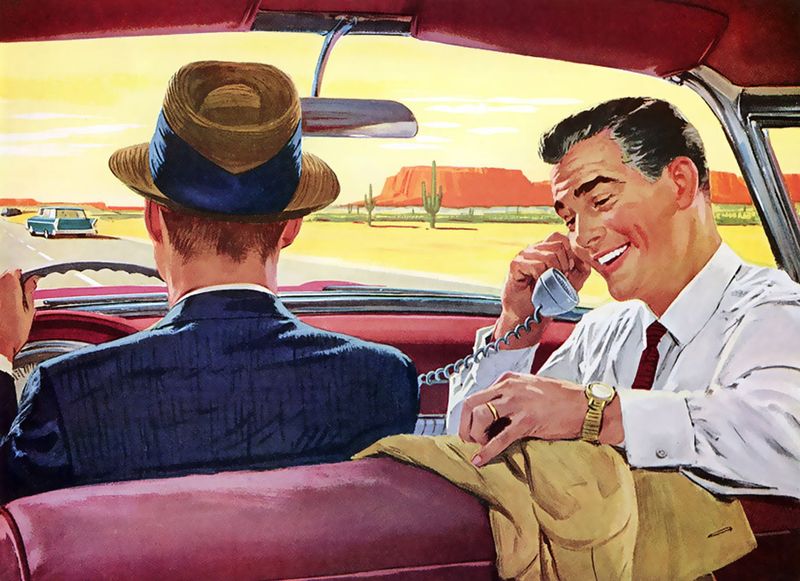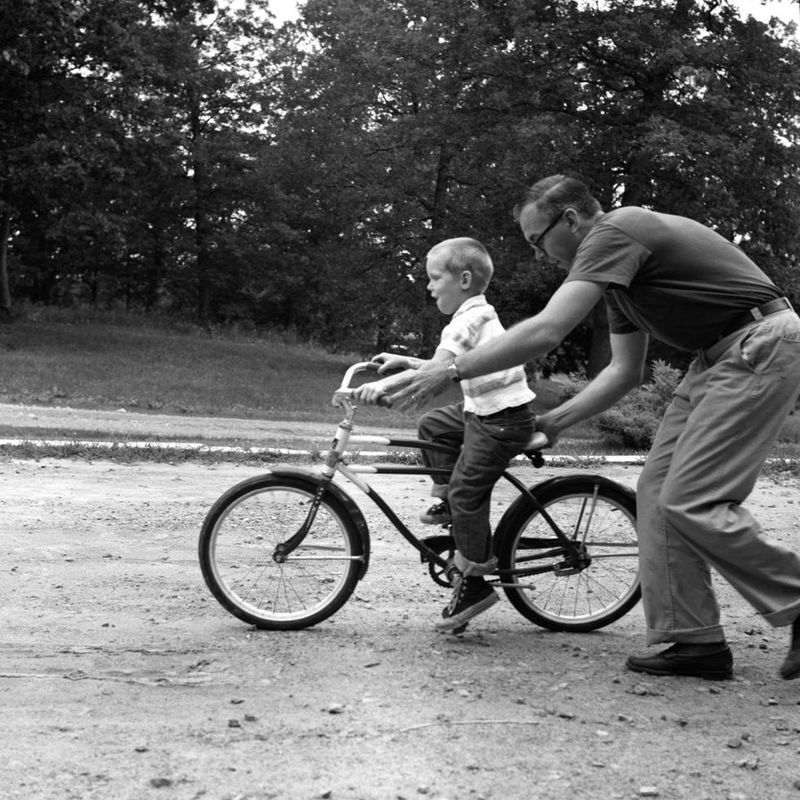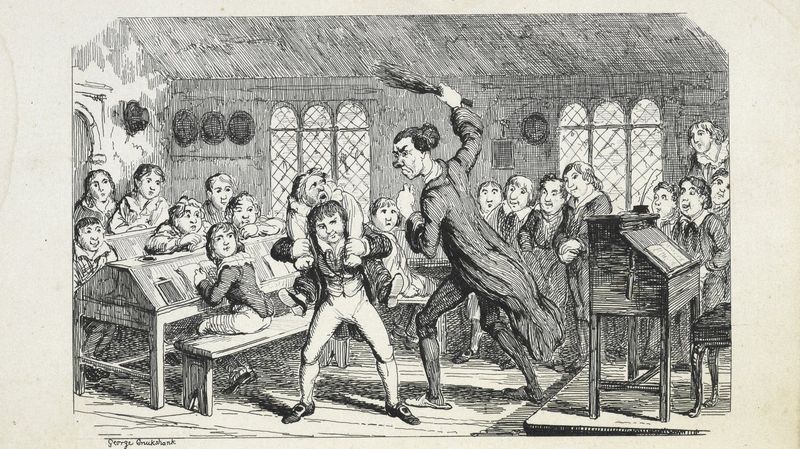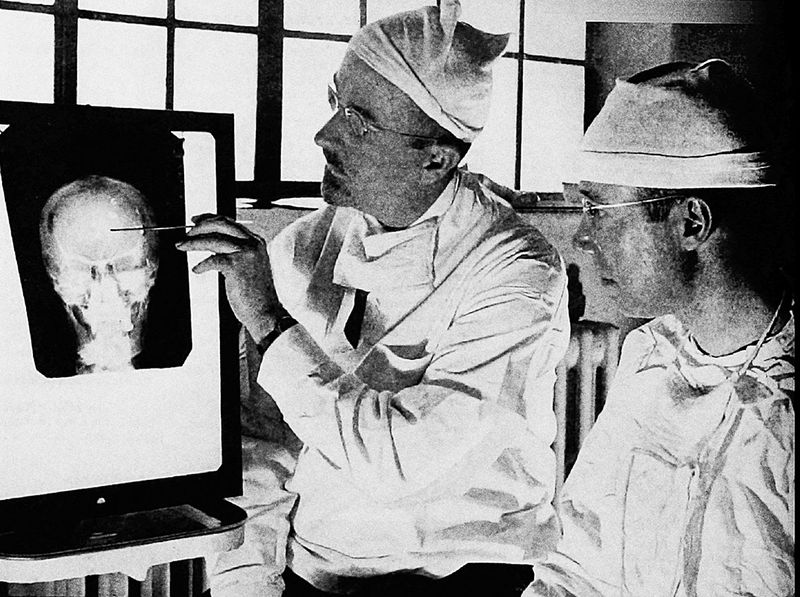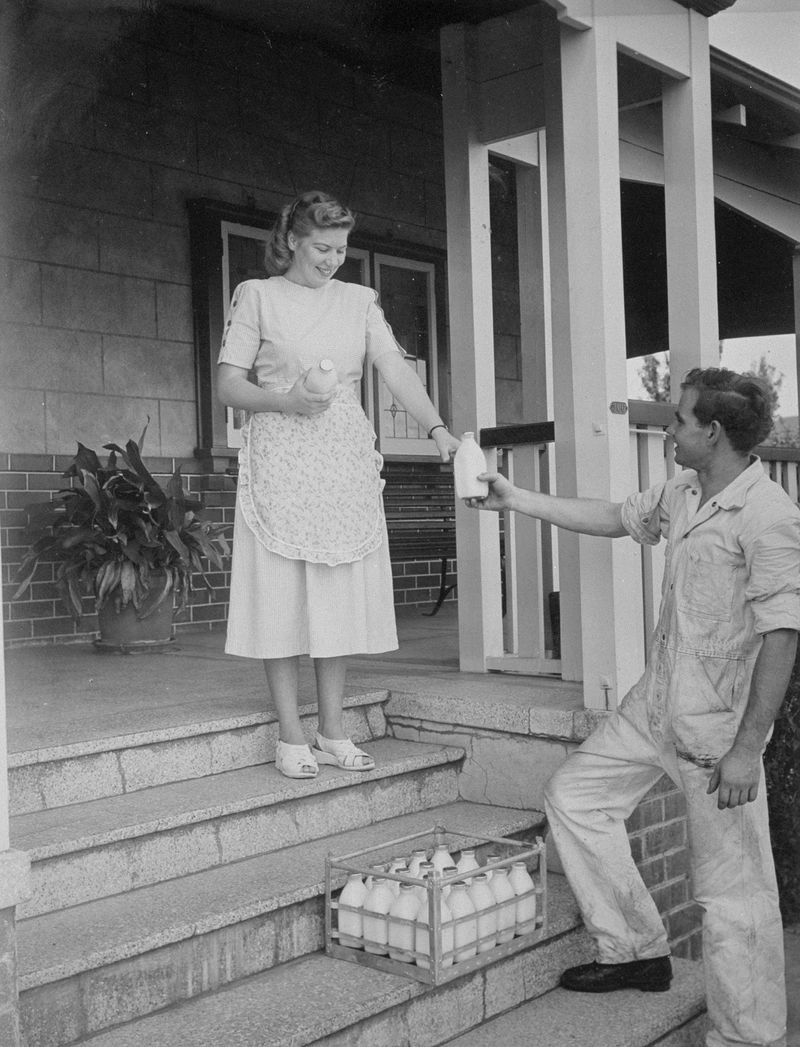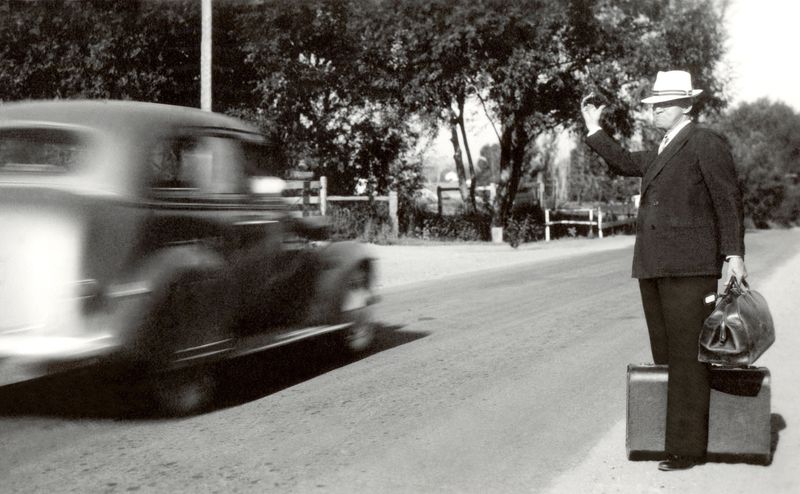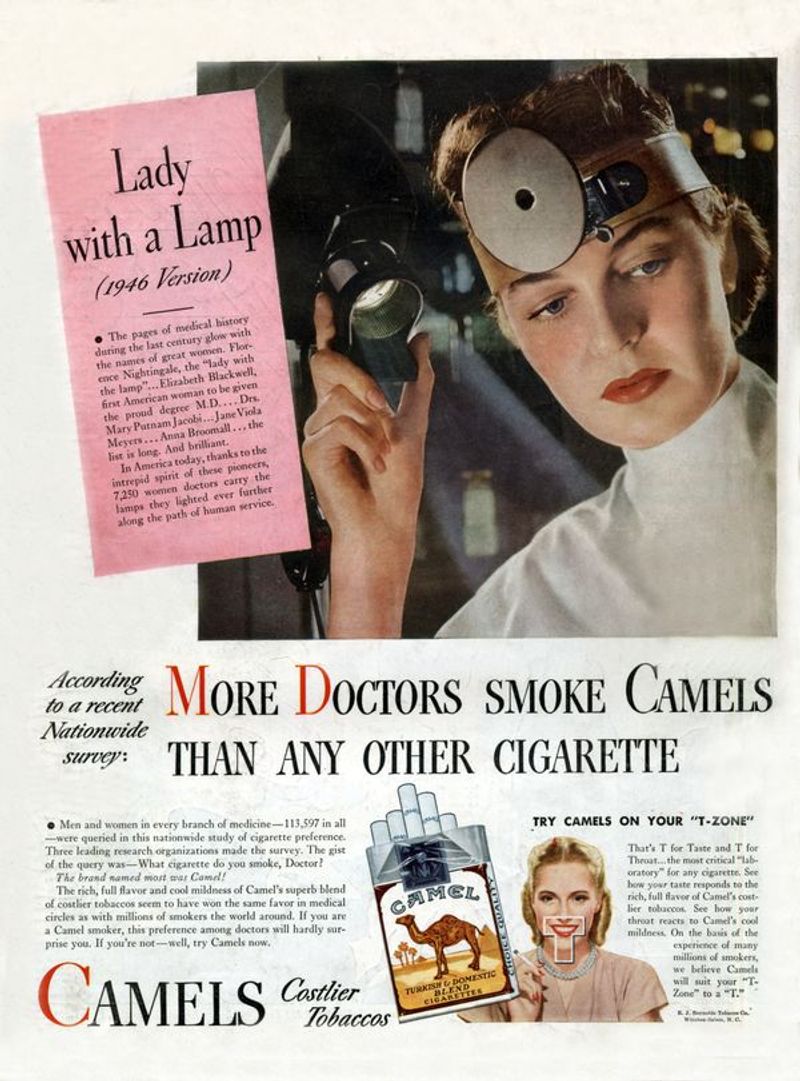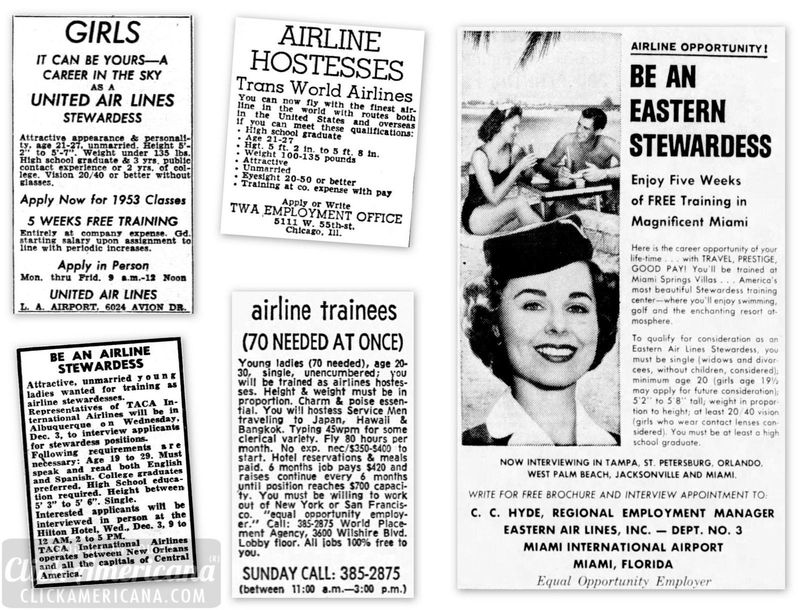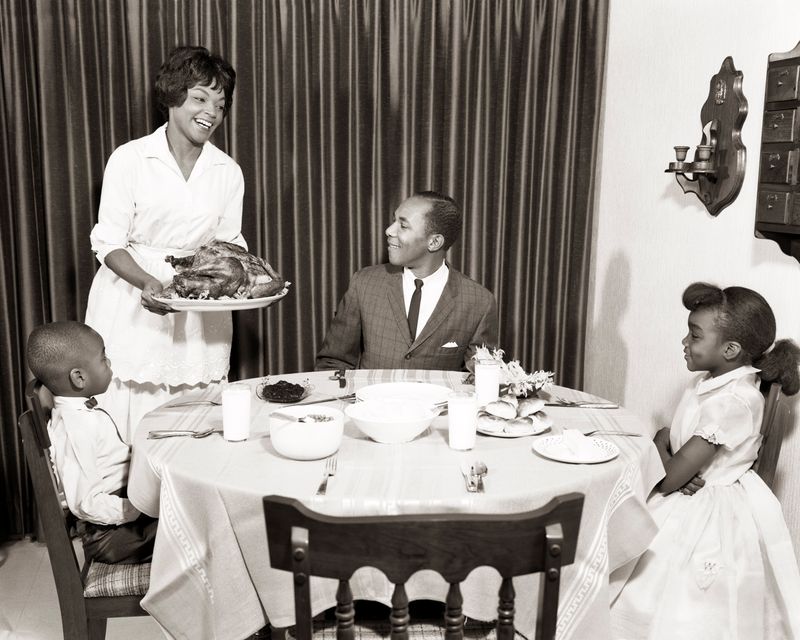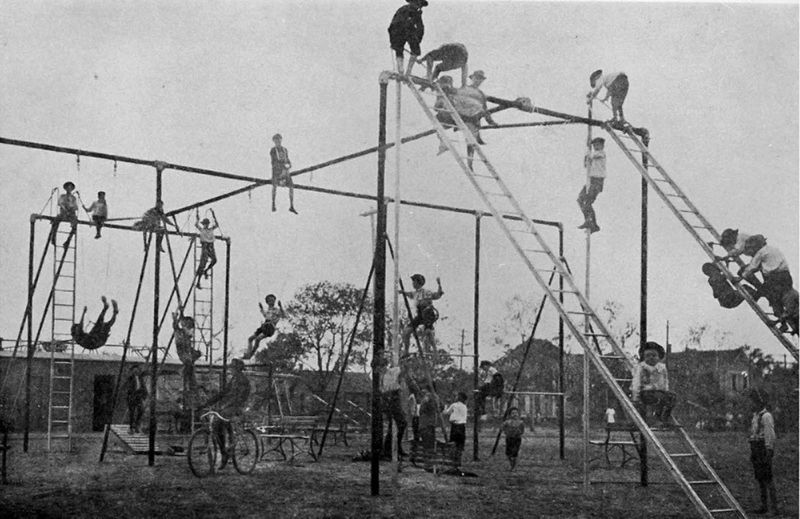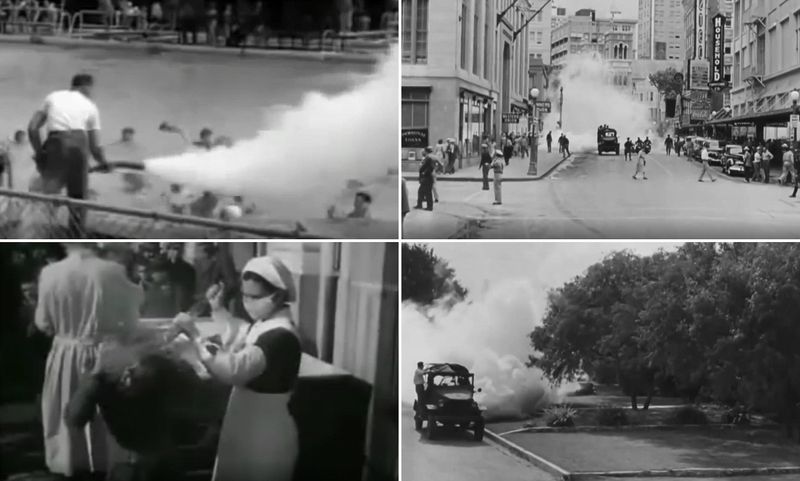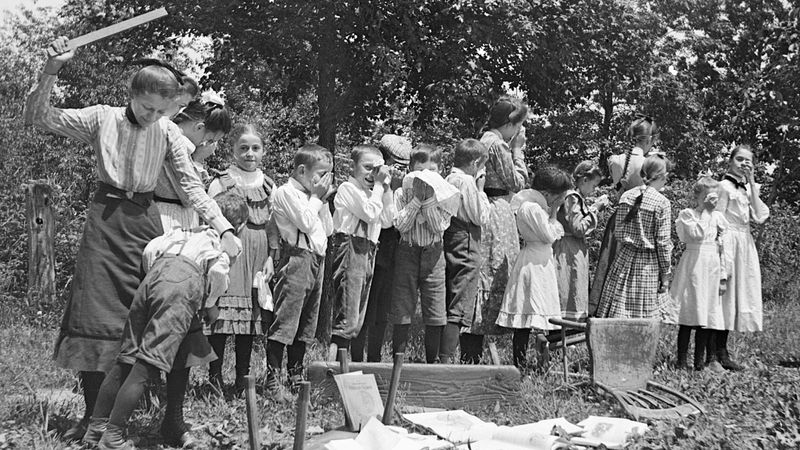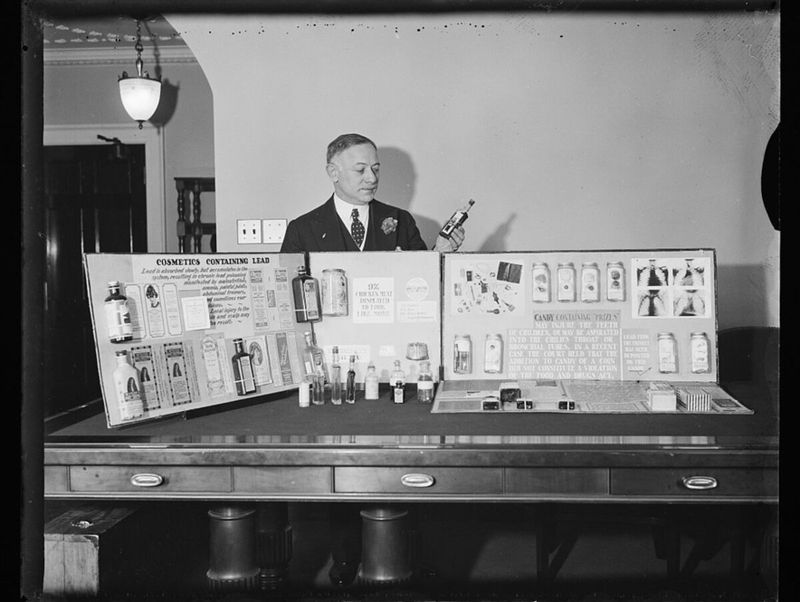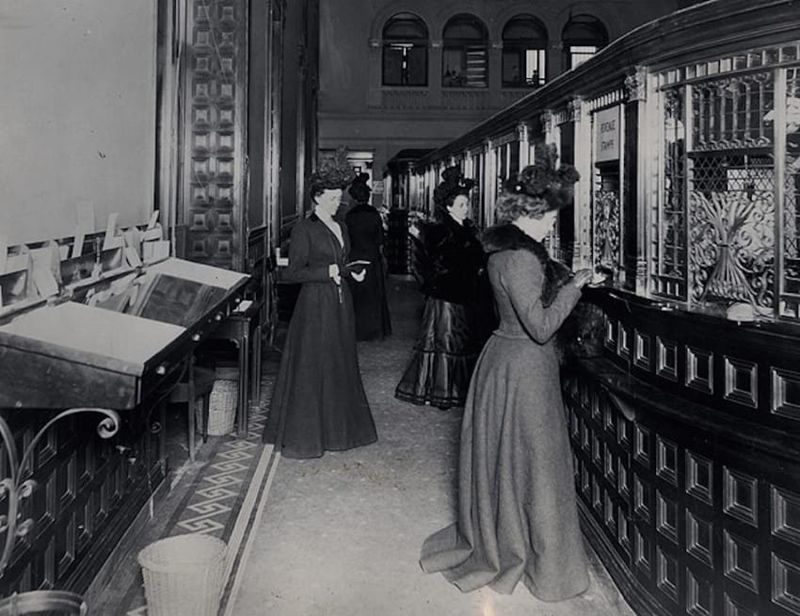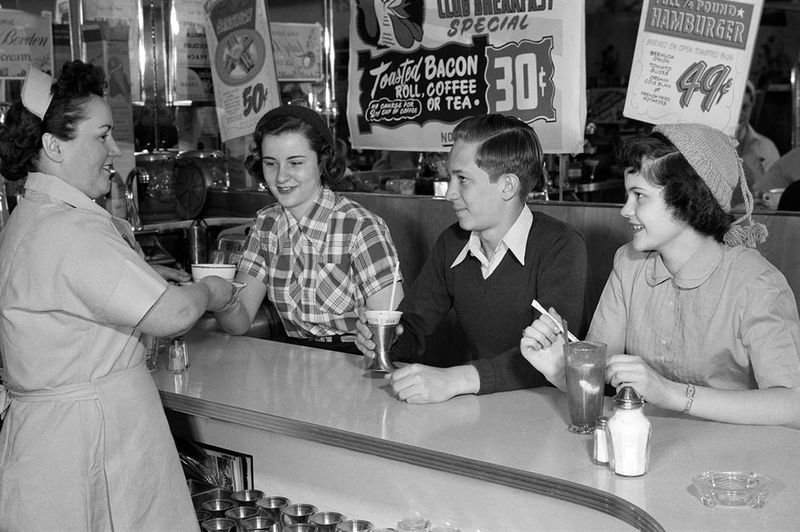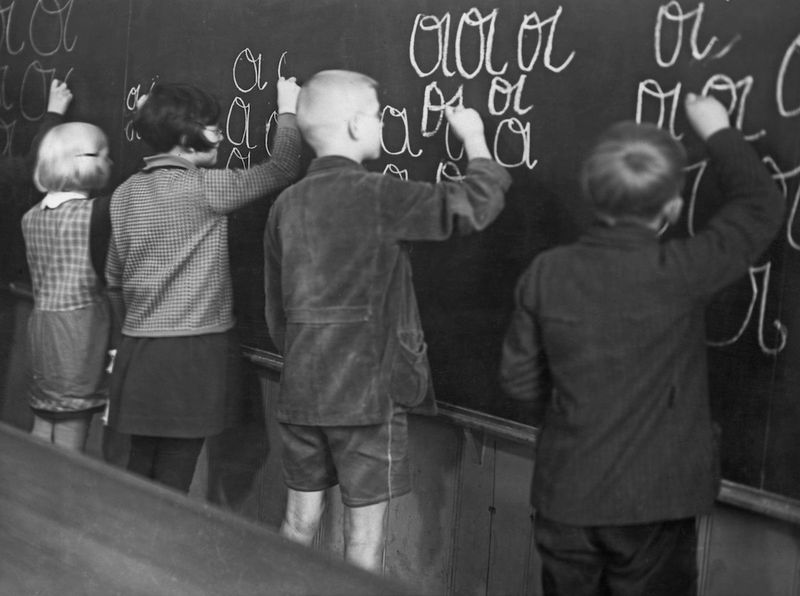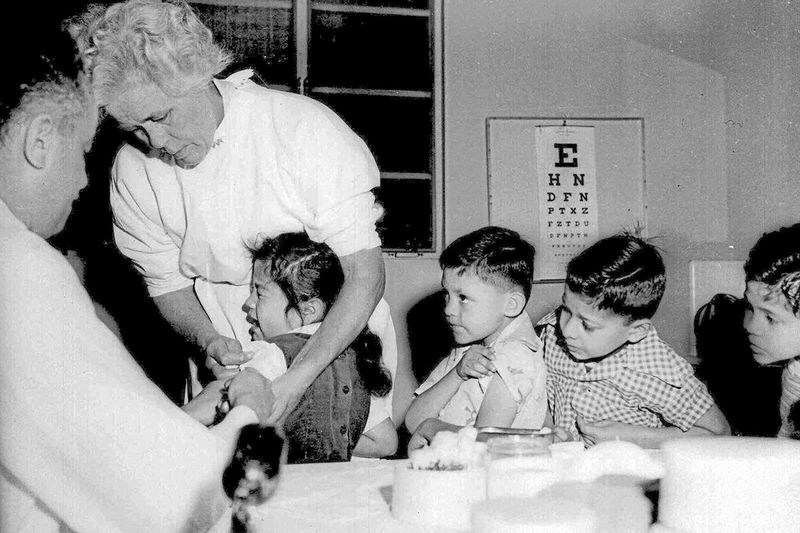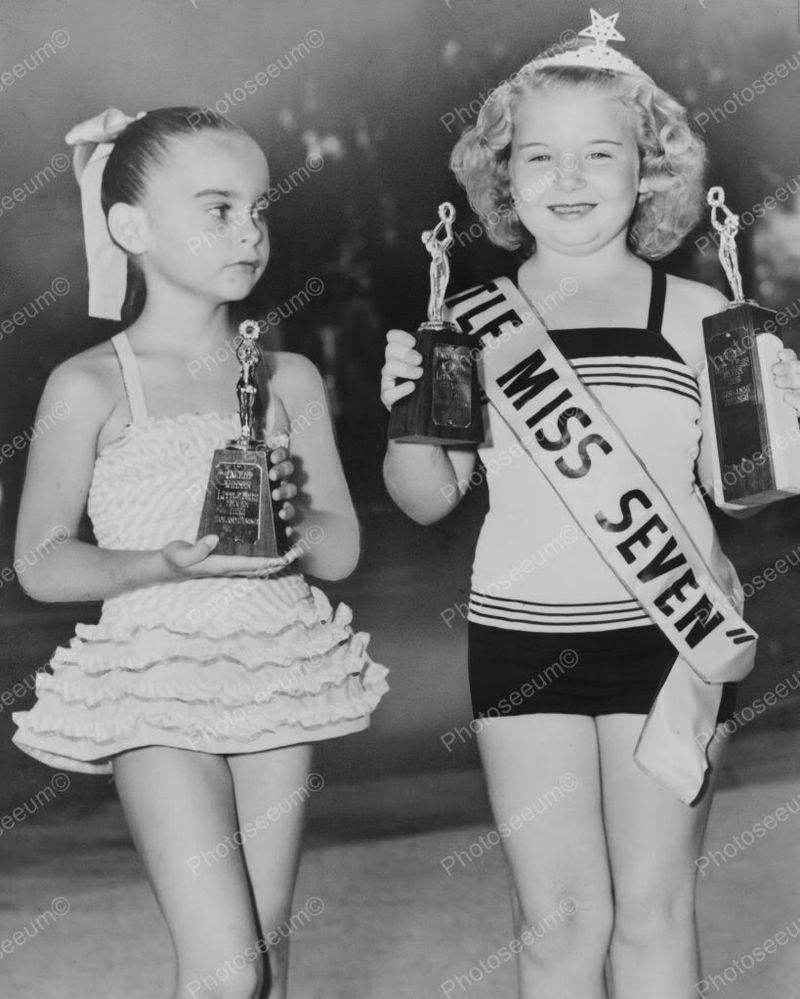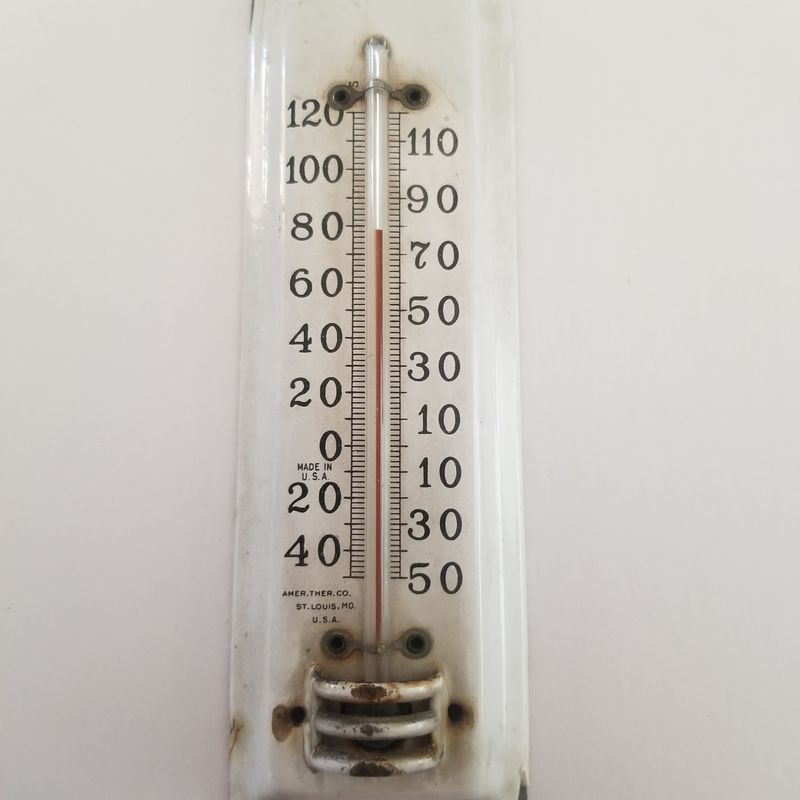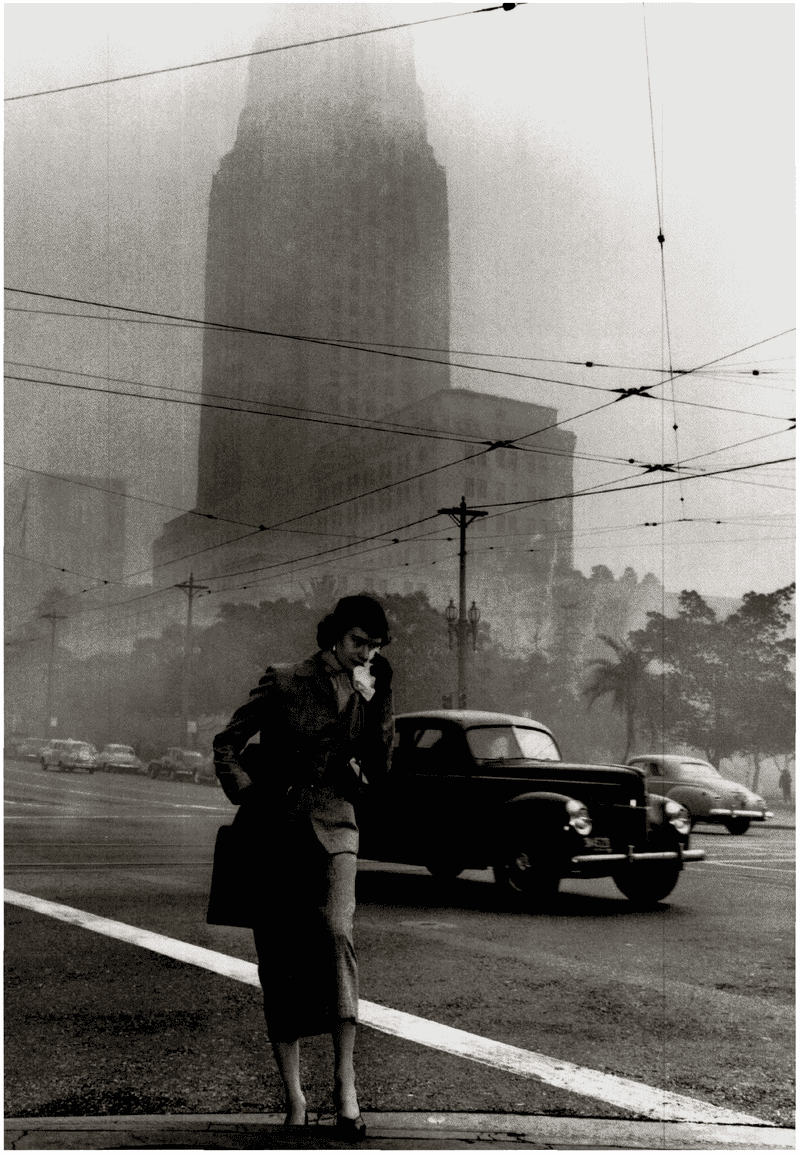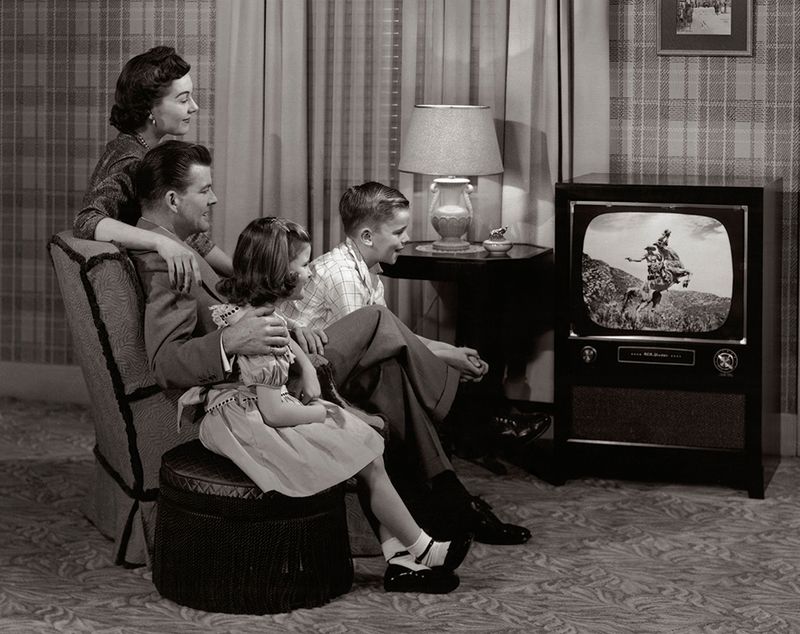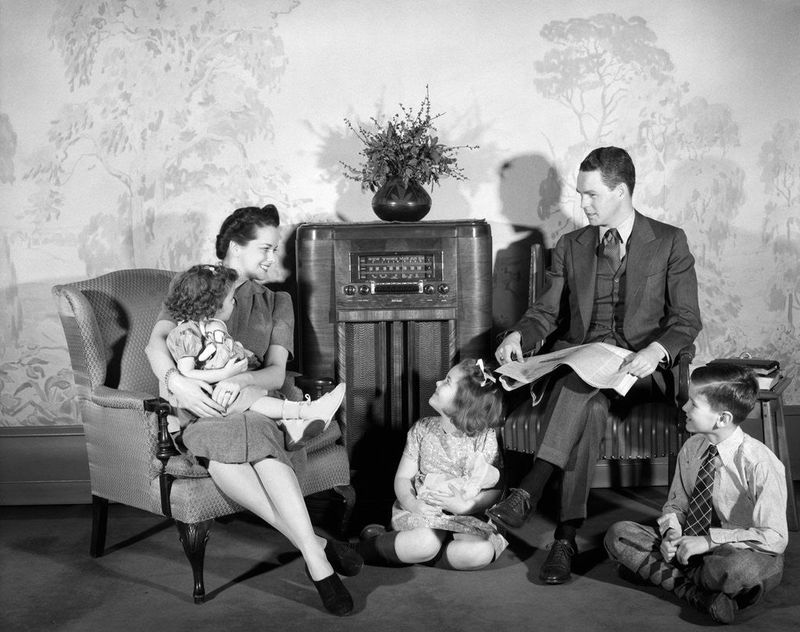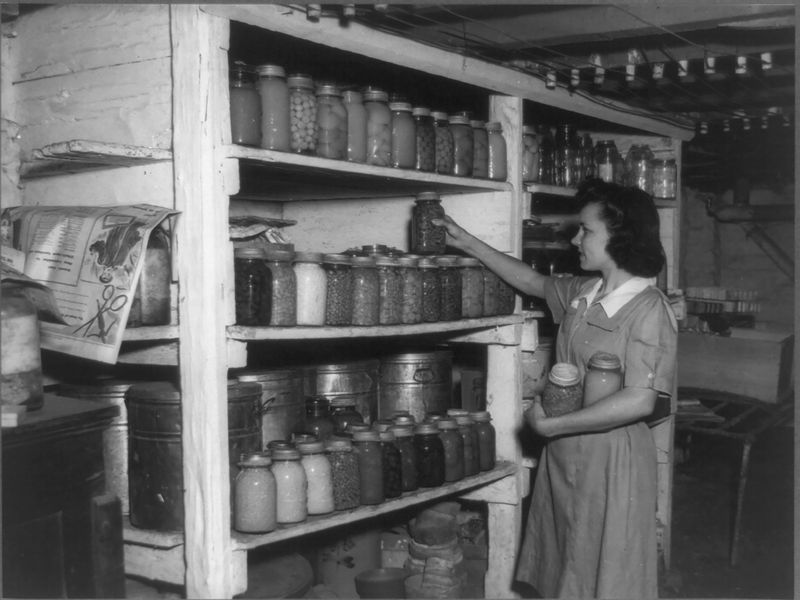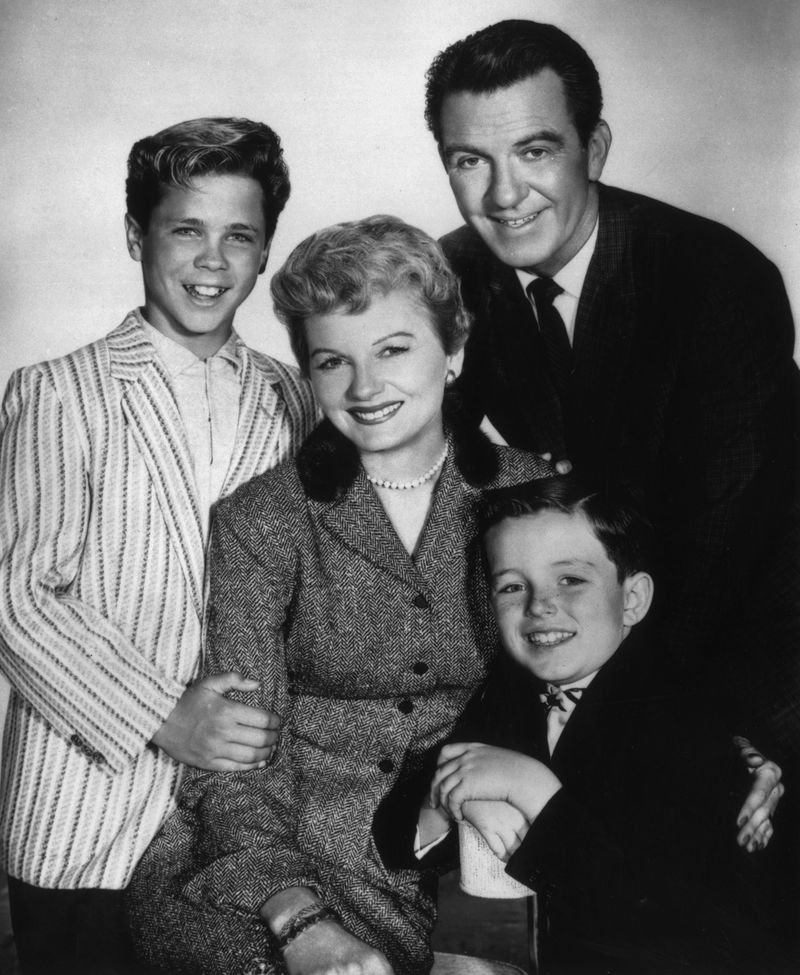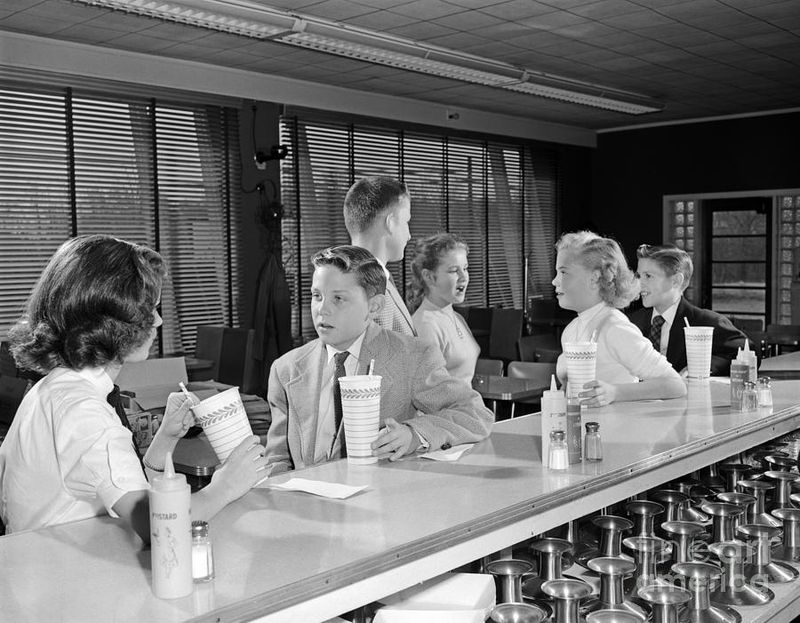The 1940s and 50s were a time of post-war recovery and societal shifts, yet many practices considered normal then seem outrageous today. Smoking on airplanes was common, as was drinking while pregnant. Asbestos was a household name, and seat belts were nonexistent in cars.
Children rode bikes without helmets, and corporal punishment in schools was routine. Even lobotomies were a common mental health treatment. From milk deliveries to hitchhiking, the era had its unique quirks. This blog explores 31 such outrageous norms, highlighting how much societal standards have evolved over the decades.
1. Smoking on airplanes
In the 40s and 50s, smoking on airplanes was as common as sipping coffee in the morning. Passengers lit up cigarettes without a second thought, filling the cabin with thick tobacco haze. The air was heavy, and non-smokers had little choice but to endure it. Airplanes were equipped with ashtrays in every seat, and the smell of smoke lingered long after the plane landed. Today, it seems unthinkable to imagine such an environment where health regulations were so lax.
2. Pregnant women smoking and drinking
It was a time when the dangers of smoking and drinking during pregnancy were not widely recognized. Pregnant women often indulged in these activities, sometimes encouraged by advertisements depicting glamorous mothers-to-be. The sight of a pregnant woman with a cigarette or a cocktail was not uncommon, reflecting the era’s lack of awareness about maternal health. Today, such behavior would raise eyebrows, but back then, it was part of everyday life. The change in societal understanding highlights how far medical research and public health advocacy have come since those days.
3. Asbestos used everywhere from homes to clothes
Asbestos was once hailed as a miracle material, used extensively in homes, schools, and even clothing. Builders praised its fire-resistant properties, and it became a staple in construction. Little did people know about the health hazards it posed. Asbestos fibers, now known to be carcinogenic, were everywhere, unknowingly endangering lives. It took decades to uncover the risks, leading to strict regulations banning its use. The ubiquity of asbestos in the 40s and 50s serves as a stark reminder of how scientific understanding can dramatically reshape safety standards.
4. No seat belts in cars
Cars in the 40s and 50s were designed without seat belts, a concept now unthinkable. Families would pile into vehicles, children bouncing around the backseat as the car sped down roads. The absence of seat belts was not seen as a safety concern, as vehicle accidents were perceived as rare. It wasn’t until the 1960s that seat belts became standard, spurred by rising awareness of road safety. The carefree attitude of the time contrasts sharply with today’s emphasis on protective measures, illustrating a major shift in how society values safety.
5. Kids riding bikes without helmets
In the carefree days of the 40s and 50s, children rode their bicycles with the wind in their hair, unburdened by helmets. Safety gear was virtually nonexistent, and parents watched with casual indifference. Bike riding was a rite of passage, a taste of freedom that came at the cost of scraped knees and the occasional bruise. The absence of helmets seems shocking today, as modern parents prioritize safety equipment. This change underscores how attitudes towards child safety have evolved, reflecting a broader cultural shift towards cautious parenting.
6. Corporal punishment in schools
A teacher’s stern gaze and the crack of a ruler on a desk were familiar in 40s and 50s classrooms. Corporal punishment was a routine disciplinary measure, accepted by parents and educators alike. The belief was that physical discipline instilled respect and obedience. Students feared the potential for swift punishment, shaping behavior through intimidation. Such practices have been largely abandoned in favor of more compassionate approaches to education. The shift away from corporal punishment reflects a broader understanding of child development and the importance of nurturing environments.
7. Lobotomies as a common mental health treatment
Lobotomies were once heralded as a breakthrough in mental health treatment. In the 40s and 50s, this invasive procedure was performed on thousands of patients, often with the promise of a cure for various mental ailments. The process involved severing connections in the brain’s prefrontal cortex, often resulting in significant personality changes. It was a time when mental health was poorly understood, and experimental treatments were the norm. The legacy of lobotomies is a sobering reminder of the importance of ethical standards and scientific rigor in medicine.
8. Milk deliveries to your front door
The clinking of glass bottles heralded the arrival of the milkman, a familiar figure in 40s and 50s neighborhoods. Milk deliveries were a staple of daily life, a routine convenience that brought fresh dairy to doorsteps. Families left empty bottles on the porch, exchanging them for full ones in a seamless system. This quaint practice faded with the rise of supermarkets, yet it remains a nostalgic memory for those who lived through it. The milkman’s cheerful presence was a symbol of community, a personal touch in an increasingly impersonal world.
9. Hitchhiking being seen as totally safe
Hitchhiking was a common mode of travel in the 40s and 50s, seen as an adventurous and practical way to get around. Travelers stood by roadsides with thumbs out, seeking rides from passing motorists. The practice was rooted in trust and community, with little fear of danger. However, as societal norms shifted, hitchhiking became associated with risk, leading to its decline. The innocence of hitchhiking in the mid-20th century reflects a bygone era of perceived safety and simplicity, a stark contrast to modern caution and skepticism.
10. Segregation being legally enforced
In the 40s and 50s, segregation was a harsh reality, legally enforced across many parts of the United States. Public spaces were divided along racial lines, with separate schools, restrooms, and drinking fountains for ‘White’ and ‘Colored’ individuals. This institutionalized discrimination was widely accepted, perpetuating inequality and injustice. The Civil Rights Movement eventually dismantled these laws, but the scars of segregation remain. Reflecting on this period highlights the profound struggles for racial equality and the ongoing journey towards a more inclusive society.
11. Advertising cigarettes as “doctor recommended”
In an era when smoking was glamorized, cigarette advertisements often featured doctors endorsing their brands. The phrase ‘doctor recommended’ lent an air of credibility, persuading the public of cigarettes’ supposed benefits. This advertising strategy capitalized on trust in medical professionals, masking the health risks that were not yet widely acknowledged. The tactic may seem absurd now, but it reflects a time when marketing and medicine intersected in misleading ways. The evolution of advertising standards serves as a cautionary tale about the power and responsibility of influence.
12. Gender-specific job ads (men only, women only)
Job advertisements in the 40s and 50s often explicitly stated gender preferences, with positions labeled ‘Men Only’ or ‘Women Only’. This practice was rooted in societal norms that dictated distinct roles for men and women. Men were seen as breadwinners, while women were expected to take on supportive or domestic roles. Such gender-specific ads reinforced stereotypes and limited opportunities. The gradual shift towards gender equality in the workplace challenged these norms, paving the way for more inclusive hiring practices that recognize talent over traditional gender roles.
13. Housewives expected to have dinner ready by 5 PM
In the 40s and 50s, societal expectations placed women firmly in the role of homemakers. Housewives were expected to have dinner ready by 5 PM, coinciding with their husbands’ return from work. The ritual symbolized domestic bliss, with women often depicted in advertisements as content in their culinary duties. This expectation reinforced gender roles, leaving little room for women to pursue careers outside the home. Modern views on gender equality and shared domestic responsibilities stand in stark contrast to this dated norm, highlighting significant progress.
14. Children playing outside unsupervised all day
The sound of laughter echoed through neighborhoods as children played outside unsupervised during the 40s and 50s. Parents encouraged this independence, trusting the community to keep an eye out. Kids explored, invented games, and returned home when streetlights flickered on. This freedom fostered creativity and resilience, though modern parents might shudder at the lack of supervision. The change towards more cautious parenting reflects shifts in societal concerns about safety and child protection, contrasting with the carefree ethos of mid-20th century childhood.
15. DDT pesticide sprayed in neighborhoods
DDT was hailed as a miracle pesticide in the 40s and 50s, widely used to combat insects in agriculture and residential areas. Trucks drove through neighborhoods, spraying clouds of DDT while children played nearby. The chemical was thought to be safe, reflecting a limited understanding of environmental and health impacts. Later discoveries about DDT’s dangers led to its ban and sparked environmental movements. The era’s reliance on such substances highlights the evolving awareness of ecological balance and the importance of precautionary measures in safeguarding health.
16. Spanking children in public without anyone batting an eye
Parents disciplining children through spanking was a common sight in public during the 40s and 50s. The practice was widely accepted, viewed as an effective way to instill discipline. Public settings did not deter parents, as societal norms supported physical punishment. Today, such actions might draw disapproval or intervention, as attitudes towards child-rearing have shifted towards non-violent methods. The change reflects a broader understanding of child psychology and the emphasis on nurturing over punishment in fostering healthy development.
17. Lead-based paints in homes and toys
Lead-based paints were ubiquitous in the 40s and 50s, adorning walls and children’s toys. The vibrant colors masked the dangers lurking beneath, as lead exposure carried significant health risks. At the time, the hazards were not fully understood, leaving families unaware of the potential harm. It took years for regulations to ban lead in paints, spurred by mounting evidence of its dangers. The widespread use of lead-based paints serves as a cautionary tale about the importance of ongoing research and vigilance in consumer safety standards.
18. Iceboxes instead of refrigerators
Before the widespread adoption of electric refrigerators, iceboxes were a household staple in the 40s. These appliances relied on blocks of ice to keep food cool, requiring regular deliveries from icemen. The process was labor-intensive but essential for preserving perishable goods. Families coordinated their schedules around ice deliveries, a routine that seems quaint today. The transition to refrigerators marked a shift in convenience and efficiency, illustrating technological advancements that transformed daily life. The icebox era evokes nostalgia for simplicity in a pre-digital world.
19. Women needing their husband’s permission to open a bank account
In the 40s and 50s, financial independence for women was constrained by societal norms and legal barriers. Opening a bank account often required a husband’s permission, reflecting the pervasive belief in male financial authority. This restriction limited women’s autonomy and reinforced gender roles. The gradual dismantling of such barriers paved the way for gender equality in financial matters. The requirement of spousal consent serves as a historical reminder of the struggles for women’s rights and the ongoing pursuit of independence and equality.
20. Drinking and driving taken much less seriously
In the 40s and 50s, drinking and driving were not viewed with the gravity they are today. Social gatherings often ended with individuals driving home under the influence, with little societal stigma attached. Law enforcement and public awareness were not as focused on the dangers, resulting in a casual acceptance of the practice. The emergence of stricter laws and awareness campaigns transformed attitudes, emphasizing the risks of impaired driving. Reflecting on this period underscores the progress in promoting road safety and the value of responsible behavior.
21. Cursive writing taught as essential for everyone
Cursive writing was a cornerstone of education in the 40s and 50s, taught as an essential skill for communication. Students diligently practiced loops and curves, guided by teachers who emphasized its importance. Mastery of cursive was a rite of passage, reflecting broader values of discipline and elegance. As technology evolved, the focus on cursive waned, replaced by typing and digital literacy. The decline in cursive instruction highlights shifts in educational priorities, yet its charm endures for those who recall the satisfaction of a well-scripted letter.
22. Doctors making house calls
In the 40s and 50s, doctors making house calls was a common practice, bringing medical care directly to patients’ homes. This personalized service fostered strong doctor-patient relationships, emphasizing care and accessibility. The sight of a doctor arriving at the doorstep was a reassuring presence, reflecting a time when healthcare was more intimate. The shift towards clinic-based care reflects changes in medical practice and efficiency. Yet, the nostalgia for house calls remains, symbolizing a bygone era of personalized attention in healthcare.
23. Mass polio vaccination campaigns at schools
Polio was a feared disease in the 40s and 50s, leading to mass vaccination campaigns in schools. Children lined up in gymnasiums, receiving shots that promised protection and peace of mind. These campaigns were monumental efforts in public health, symbolizing hope and progress against a debilitating illness. The success of polio vaccinations marked a turning point, showcasing the power of collective action in disease prevention. The era’s emphasis on community health continues to resonate, inspiring ongoing efforts to combat diseases through vaccination initiatives.
24. Beauty pageants for very young children
Beauty pageants for young children gained popularity in the 40s and 50s, showcasing toddlers dressed in elaborate outfits and performing rehearsed routines. These events celebrated charm and appearance, often placing undue pressure on young participants. The pageants were a reflection of societal values that emphasized beauty and competition from a young age. Modern critiques highlight the psychological impact on children, leading to a reevaluation of such practices. Despite their controversial nature, pageants continue to exist, sparking debates about childhood, self-expression, and societal expectations.
25. Using mercury in everyday products like thermometers
Mercury, now known for its toxicity, was once a common element in household products like thermometers. In the 40s and 50s, mercury thermometers were a staple, trusted for their accuracy. Families used them without concern, unaware of the dangers posed by mercury exposure. The eventual understanding of its risks led to changes in manufacturing and the development of safer alternatives. The presence of mercury in everyday items serves as a reminder of the evolving nature of safety standards and the continuous pursuit of safer technologies.
26. Minimal environmental regulations
The 40s and 50s were an era of industrial growth with minimal environmental regulations. Factories emitted unchecked smoke and pollutants, prioritizing production over ecological concerns. This lax attitude towards environmental protection reflected a limited understanding of long-term impacts. As awareness of pollution and its consequences grew, so did the push for regulations that balanced industrial progress with sustainability. The shift towards stricter environmental policies illustrates a growing recognition of the need to protect natural resources for future generations.
27. Black-and-white television being a luxury
In the 40s and 50s, owning a black-and-white television was a luxury, symbolizing modernity and technological advancement. Families gathered around the glowing screen, captivated by news and entertainment. The television was the centerpiece of the living room, a sign of status and innovation. As technology evolved, color TVs became the norm, rendering black-and-white models obsolete. The nostalgia for those simpler times lingers, evoking memories of evenings spent watching favorite shows. The evolution of television reflects broader changes in media consumption and accessibility.
28. Families gathering around a single radio for entertainment
Before televisions became household staples, radios served as the primary source of entertainment in the 40s. Families gathered around these devices, listening to news, music, and serialized dramas. The radio was a unifying force, bringing loved ones together for shared experiences. The crackling sound of a broadcast filled homes, creating a sense of connection in an era without digital distractions. As television gained prominence, the role of radio shifted, but its impact on family life remains a cherished memory of a more communal form of entertainment.
29. Heavy use of canned and processed foods
In the 40s and 50s, canned and processed foods dominated American kitchens, epitomizing convenience and modern living. Busy housewives relied on these products to save time, whipping up meals from cans and packages. The appeal lay in the promise of efficiency, though nutritional value often took a backseat. As awareness of health and nutrition grew, so did the shift towards fresh, whole foods. The prevalence of canned goods in mid-century kitchens reflects a cultural embrace of convenience, a trend that continues to evolve in today’s culinary landscape.
30. The nuclear family ideal being pushed heavily in media
The media of the 40s and 50s heavily promoted the nuclear family ideal, presenting it as the epitome of success and happiness. Television shows and advertisements portrayed harmonious households with a working father, homemaking mother, and obedient children. This image reinforced societal expectations and shaped public perceptions of family life. The emphasis on traditional family structures often overlooked diverse living arrangements. The portrayal of the nuclear family in media reflects cultural values of the time, sparking discussions on diversity and representation in modern storytelling.
31. Soda shops and drive-in diners being the main teen hangouts
Soda shops and drive-in diners were quintessential teenage hangouts in the 40s and 50s, serving as social hubs where youth gathered. These establishments offered a sense of freedom and camaraderie, with jukeboxes providing the soundtrack to teen life. Milkshakes, burgers, and gossip flowed freely, creating an atmosphere of youthful exuberance. The appeal of these spots lay in their accessibility and the sense of belonging they fostered. As cultural trends shifted, so did teenage hangouts, but the nostalgia for soda shops continues to evoke a sense of carefree innocence.
